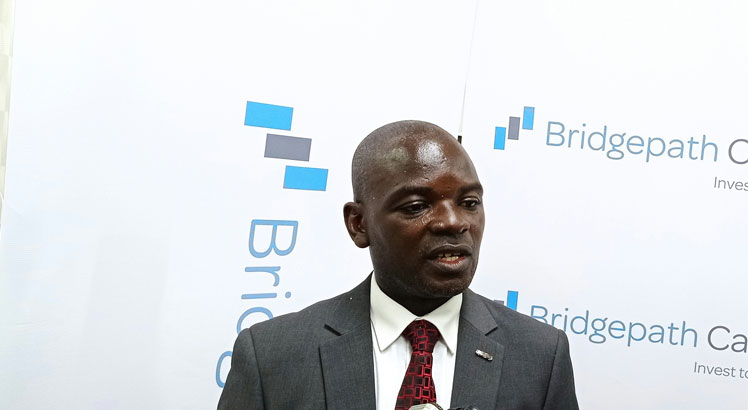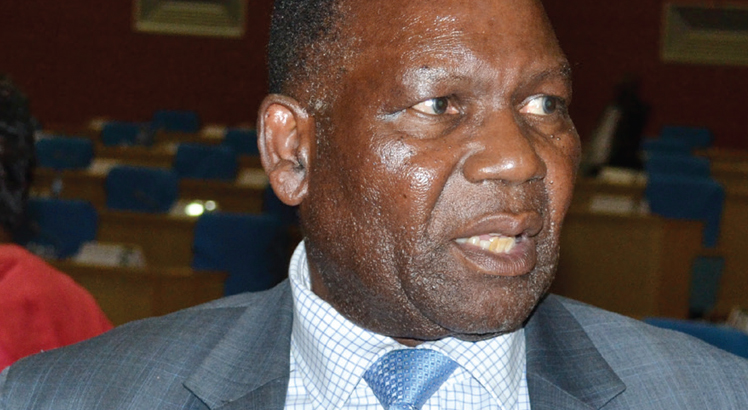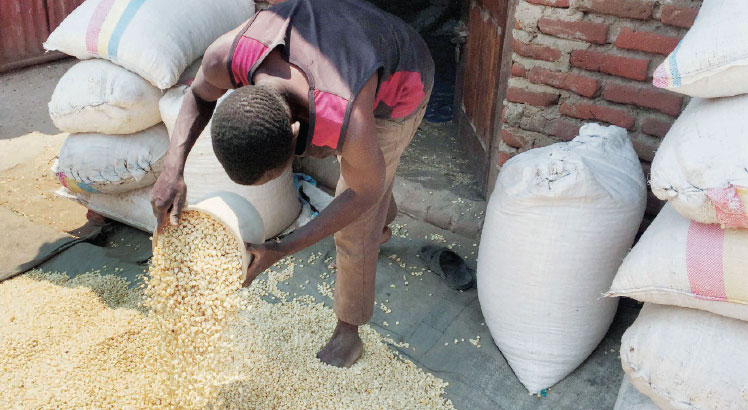Milestones study boosts newborn care
For Mariam Milazi, February 13 2021 is a day to forget.
The 31-year-old mother gave birth to a second child at Mangochi Maternity Wing, but she feared losing the baby who was choked by fluids that surrounded him during delivery.
“A newborn is supposed to cry within five minutes, but Elvin couldn’t for two days,” she recalls. “Health workers put him on my belly and beat his back, but he couldn’t produce the assuring cry.”
The team swiftly put the baby on one of the seven oxygen concentrators in the facility’s sick newborn care unit (SNCU). They kept the baby there for two days.
“Before discharging us, they interviewed me and told me to keep coming for further assessments of Elvin’s growth and response,” Milazi recalls.
‘Clever boy’

Elvin survived the mild disruption in oxygen supply to the body due to abnormal breathing.
He loves playing with toys and his peers at home in Chomba Village on the outskirts of Mangochi Town.
Milazi periodically brought the boy for check-ups at the maternity wing, where about 1 000 babies are born every month.
During the review, nurse Ruth Phiri ticked the boxes as she observed the child playing with balls, dolls and toys.
Milazi feels relieved that her “clever boy” is responding well to things around him.
She narrates: “At first, I was afraid of losing him because my colleagues told me the baby would not grow normally, but develop a lifelong mental disorder or become paralysed.
“None of that has happened, thanks to close attention by Ruth and her colleagues.”
However, half of the newborns with severe breathing complications survive, but seldom get to do things children ought to do at their age. Some children may face developmental delays.
“Keeping an eye on how the newborns admitted to the SNCU grow up and respond to things around them has helped health workers learn from such experiences and tackle common conditions they face later in life,”
From 2021 to 2022, Phiri was part of a research team that tracked the growth and response of at least 400 newborn babies admitted to the SNCU within the first seven days of their life.
They recorded the age at which each child started demonstrating head support, crawling, sitting and other activities.
“Babies cannot do much at birth, but gradually attain their growth and developmental milestones as time passes,” the nurse says. “We monitored how the children learned to walk and run; manipulate objects with their hands; communicate with words and gestures; and interact with other people.”
The team recorded the duration each child took to achieve these milestones compared with their peers born normally. The babies under study came from the same background, including place of birth and traditional authority.
The findings show children with mild asphyxia such as Elvin achieved the milestones relatively in time, but those born with more severe conditions delayed catching up.
“Following the new evidence, we refer all children born with asphyxia for physiotherapy since most of them take longer to achieve gross motor milestones such as crawling, walking and running,” she says.
Discharging such babies through exercises rather than drugs helps speed up their leap for yardsticks of normal growth.
“Normally, a child has to start sitting and crawling between five months and a year, but those with severe birth asphyxia couldn’t until a year and several months or beyond. The exercises help them to achieve the milestone faster,” Phiri explains.
The maternity staff also links sick newborns, including those with low birth weight, to the nutrition rehabilitation unit.
They receive nutritional supplements and counselling on exclusive breastfeeding and complementary feeding to avert deaths as well as retarded growth, learning, and activity.
Those with respiratory distress syndrome (RDS) are put on life-saving machines to overcome any resistance to the flow of air to the lungs. There are six continuous positive airway pressure (CPAP) machines in the SNCU.
“We discovered that 50 percent of the children with respiratory distress were dying, but the loss has dropped to 30 percent since we rolled out the project to put every child with severe breathing difficulties on CPAP,” says the nurse.
She envisions further increasing the survival rates through continuous learning, peer mentoring and neonatal death audits.
The nursery unit admits up to 50 newborns, mostly those with birth asphyxia, infection, RDS, and prematurity.
Before discharging them, the health workers advise mothers and caregivers to continue bringing the baby to the facility for periodic review of their health and milestones.
They also follow defaulters at home to deliver continued support and care.
Unicef Malawi supports the Ministry of Health to strengthen health systems, including the nursery care and management of sick newborns.
Improved care
The developmental milestone attainment study by the Paediatric and Child Health Association of Malawi (Pacha) tracked newborns discharged from SNCUs in Mangochi or Dedza.
“The most significant benefit of the children is that we could identify hidden conditions delaying the milestones and accordingly refer them for better management, treatment, care, and support,” says Phiri.
And Milazi is excited that the quality of care is improving.
She states: “It is every pregnant woman’s dream to return home alive with a healthy baby after labour pains.
“Although prophets of doom said a lot of terrifying things, the boy is OK. He started walking at the same age as his age mates. He loves to play with toys, especially cars and a bicycle. He holds pens and pencils with ease and flawlessly identifies different colours.”





